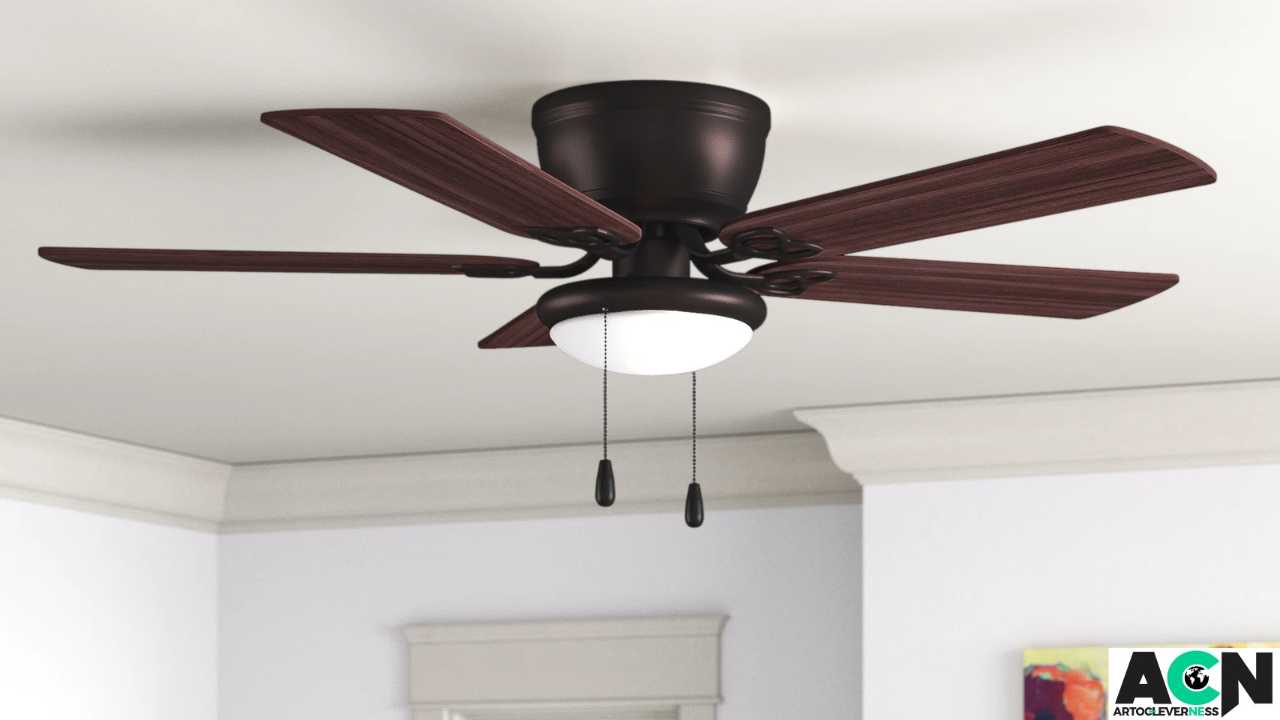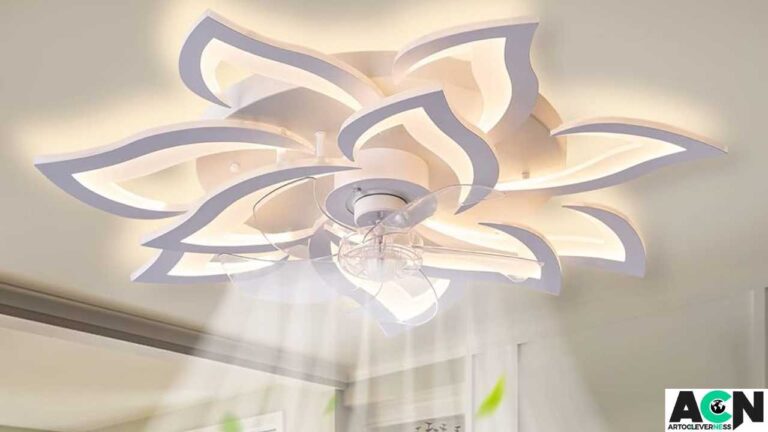Is your home too hot in summer, and you are wondering whether a ceiling fans or an Air Conditioner would suffice? As we anticipate warmer weather, it is hard to identify how we will cool our homes without spending so much.
Ceiling fans are an effective tool for cost and energy efficiency. They are instrumental in most homes that are looking forward to making a significant improvement in air circulation. They can be bought in various models with lights, most especially low-profile models, for a wide range of facilities and establishments.
Do you want to know more about selecting the proper ceiling-fan and some basic knowledge about that compared to air conditioning for people? Refer to the sections below to obtain more information.
What in the world is a Ceiling Fan?
A ceiling-fan is a mechanical tool fixed to the roof of a particular hall. Its blades fan the air within the space with the objective of cooling it.
As with many other appliances, ceiling-fans do not actually cool the air in the room; instead, they cool you through a process of convection by circulating the air and causing perspiration to evaporate.
Classifications of Ceiling-Fan
Ceiling-fans with lights
These lighted fans consist of two parts: air circulation and light provision. They are well suited to areas that require both lighting and cooling, such as open kitchens or coffee shops.
They come in a variety of models, from contemporary to more traditional, and they can also act as decorative units in a given room.
Low Profile Ceiling-Fans
Low-profile ceiling-fans, or flush mount fans, are manufactured for rooms with low ceiling heights. They are fixed on the ceiling closer to other standard fans, hence suitable for rooms where normal-sized fans cannot be installed. They efficiently circulate the air within an area without occupying much space in the vertical direction.
Outdoor Ceiling-Fans
Outdoor ceiling-fans are made for outdoor usage, so they are built to be resilient to any climate. They are made from materials that do not allow water, rust, or very high and very low temperatures to harm them, making them suitable for patios, decks, or porches. Outdoor fans also include features such as antirust finishes and waterproofing.
Size of the Rooms and their respective Ceiling-Fans
Rooms should also have ceiling and fans of the correct size if they are to operate as expected in that room. Some fans are small and can be used in a reasonably sized room, while others are very large for a large room or for hall-like spaces.
Installation height and location
The results can conclude that the fan should be installed at an optimum height to be more efficient. Basically, the blades ought to be installed at a height of 7-9 feet above the floor level.
Make sure the fan is mounted ideally with the middle of the blade located at the center of the room to facilitate equal air distribution in the room, not mounting or placing it in the corner or beside fixed objects.
Energy Efficiency and noise levels
Choose ceiling-fans with efficient motors and blades, which will help cut down on energy consumption. Another feature you should consider is noise, so going for a quiet operative fan will be perfect to avoid disturbing your area.
Some fans are designed to offer better air deliveries, and those with high CFM (cubic feet per minute) ratings are the best to buy.
Aesthetic Considerations

They must have the right design for your room’s interior. The fan can be obtained in several styles, colors, and finishes; therefore, the selected one should match the rest of the furniture. Depending on the house’s interior design, they can choose from modern or traditional designs.
Which is Better, A Ceiling-Fan or An AC?
Although roof fans and air conditioners are used to make life easier in the house, they are used for a number of purposes. Ceiling and fans make the air flow within the room and give an illusion of air conditioning, but they don’t cool.
An air conditioner plant can cool the air to a lower temperature. It depends on the cooling that you need and the amount of money that you are willing to spend on it.
Cost Comparison
Ceiling fans are widely known to be cheaper and more affordable in terms of power consumption than air conditioners.
They require less power; when used with an AC, for instance, they can lower cooling costs. Still, air conditioners have a better cooling capacity in extreme heat cases.
Top Ceiling Fan Models and Reviews
A guide to the latest ceiling-fan designs and their features. Choose the models that received good reviews concerning performance, energy consumption, and a look.
Feasible experiences are live opinions that can also help to understand the fan’s durability and how easy it is to install, hence determining the users’ satisfaction.
What is an AC/DC Fan?
AC/DC fans are those models that can be operated using alternating supply system (DC) currents. They are also considerably more energy efficient and relatively quieter than AC fans.
That is why these fans are versatile in their power sources since one can switch between AC and DC power sources.
Does the Use of Ceiling-Fan Help during the Summer Period?
Actually, ceiling-fans are effective for providing comfort in summer because they provide a wind chill effect. This makes the air feel cooler next to the skin, and thus, as the room temperature stays constant, you feel very comfortable.
Fans are most effective when used with air conditioning systems to boost the amount of conditioning achieved.
Ways to Get the Most from Your Ceiling-Fan
To optimize the performance of your ceiling-fan, reverse it in the appropriate direction according to the season and ensure it is well-cleaned to remove dust on the blades.
The fan can also be used with other cooling systems to increase general comfort and lower energy consumption.
The Most Popular Misconceptions Related to Ceiling-Fans
The ceiling fans cools the air, or all they need is a ceiling-fan for cooling during summer. They do not cool the air but merely create a wind to make the formed air go around.
They also benefit when used in winter to circulate the warm air in the rooms of the building. This awareness of these myths should aid you in using your fan more efficiently.
Conclusion
Therefore, ceiling fans should be considered a universal and effective way of providing home comfort. These are available in different classes, and there are models with light, low model, and outdoor types.
Some guidelines to note when selecting a fan include size, direction, or where it is placed, which will set the best result you desire.
Normally, there are some general ideas that you should choose from the aspects of the room size, the blade span, and the design of the fan. Buy models with energy-efficient motors, and some parts within the blender should be able to blend with the general look of your kitchen.
If that’s the case, try to choose the most popular brands and stay focused on the opinions of people who bought this tool.
(FAQs)
Which Is Better For Use: A Ceiling-Fan Or an AC?
Ceiling-fans and air conditioners are two appliances that perform different tasks in a room. Indoor fans or ceiling-fans are devices that make an area seem cooler than it really is by merely moving air across it.
How Many Fans are Equivalent to ONE AC?
It is crystal clear that the number of ceiling-fans required to cool the room, equivalent to an air conditioner, is highly dependent on the size and efficiency of the fans. In general, circulation by more fans is better than by one fan, but it does not cool like an AC.


